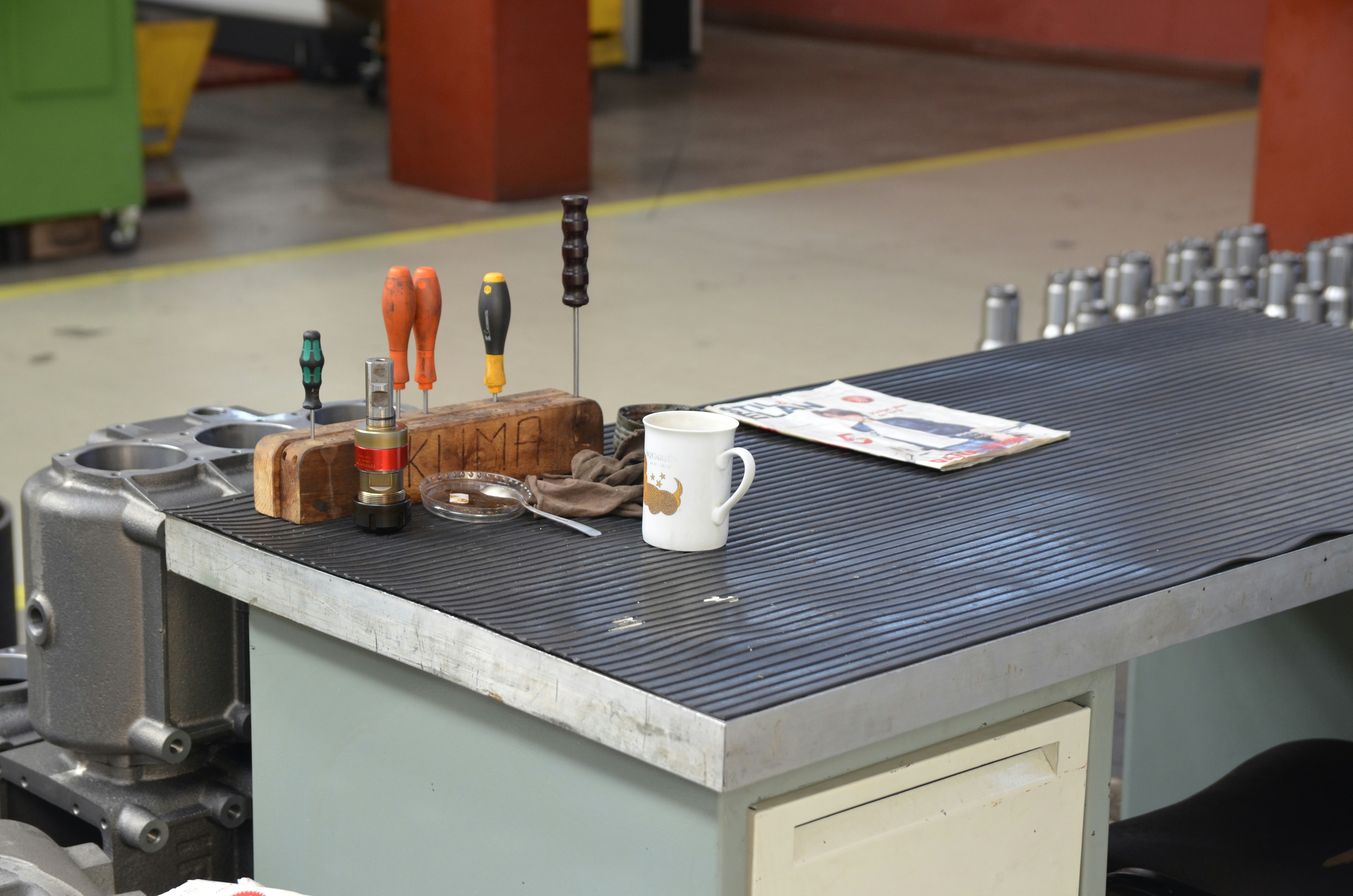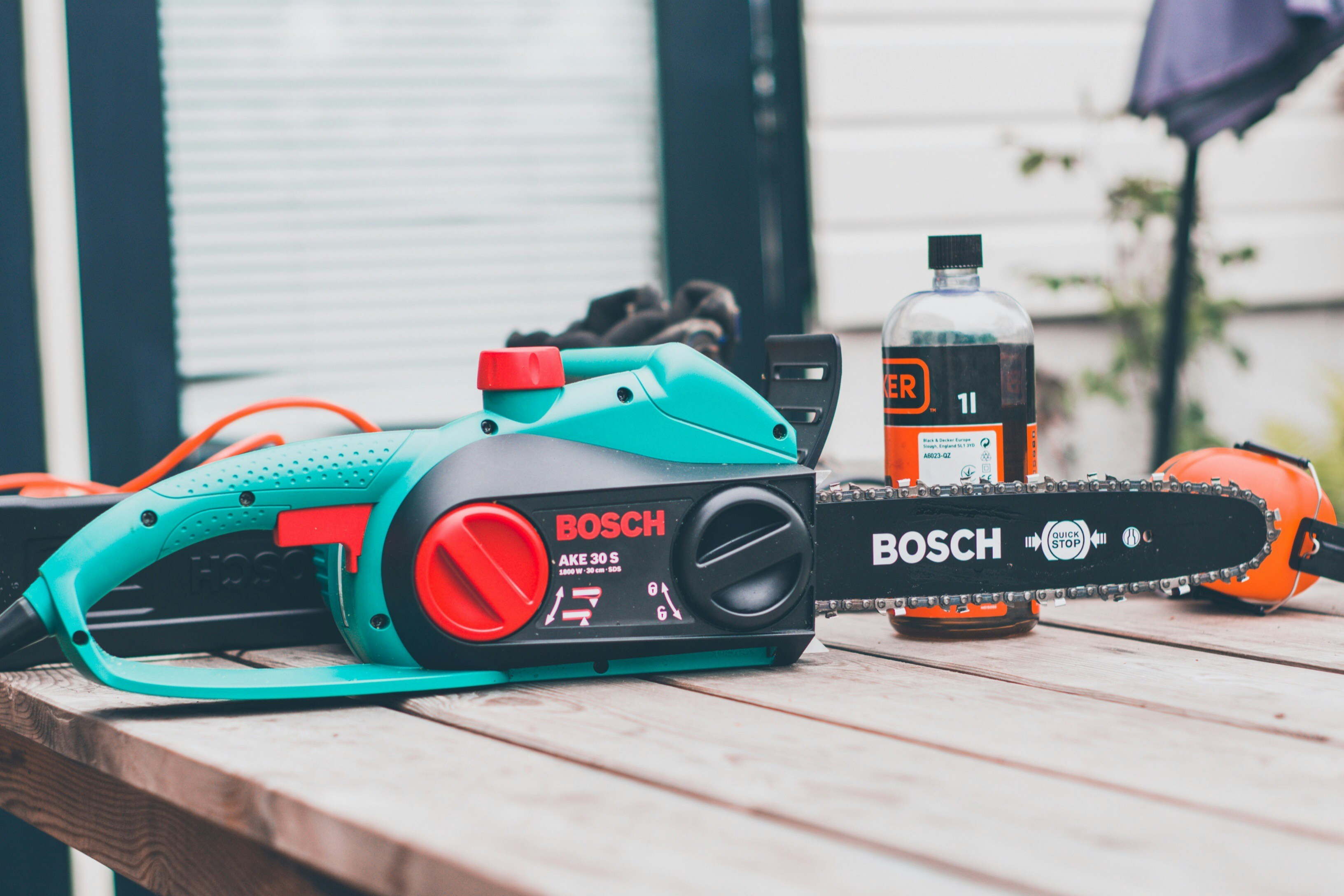Understanding Workbench Vises: Types and Uses
Workbench vises are essential tools for a variety of tasks, providing stability and support for workpieces during cutting, drilling, or assembly. There are several types of vises, each designed for specific applications. The primary categories include woodworking vises, metalworking vises, and specialty vises, all of which play significant roles in achieving efficient and precise craftsmanship.
Woodworking vises are specifically designed for securing wood pieces. They often feature wide jaws that allow for a strong grip without damaging the material. These vises can be mounted on the front or side of a workbench and are typically constructed from hardwood or cast iron. Common types of woodworking vises include the front vise, which is ideal for planning and assembly, and the tail vise, which is beneficial for holding wider panels and boards.
Metalworking vises, on the other hand, are built to accommodate the unique requirements of metal fabrication. These vises usually feature hardened steel jaws and robust construction to endure higher torque and impact. They come in various forms, including bench vises, which are typically attached to workbenches, and machinist vises, which are used in milling and drilling operations. Their designs help ensure that metal workpieces remain stationary during machining tasks, enhancing accuracy.
Specialty vises, such as pipe vises and clamp vises, serve tailored purposes. Pipe vises hold cylindrical items securely, while clamp vises are versatile options that can grip irregular shapes. When choosing a vise, factors such as size, jaw capacity, and mounting options are crucial to consider, along with the material, as durability can greatly affect performance over time. Regular maintenance and proper care are also necessary to prolong the life of a vise, ensuring it remains a reliable companion in any workshop.
The Importance of Bench Dogs and How to Use Them
Bench dogs are essential accessories for any woodworking workspace, enhancing Workholding capabilities significantly. These sturdy fittings fit into pre-drilled holes on a workbench surface, providing a means of securing workpieces in place. They come in various types, including standard, drop-down, and adjustable bench dogs, each serving unique functions tailored to different tasks.
Standard bench dogs are a common choice for many craftsmen. They are easy to install and fit snugly into the board’s holes, allowing users to insert them at various points to alleviate movement during cuts or sanding. Drop-down bench dogs offer versatility by allowing the user to adjust the height, making them ideal for different material thicknesses. Adjustable types provide further customization, as they can be modified to suit the specific requirements of various projects. Their adaptability makes them a popular option among professional woodworkers.
The compatibility of bench dogs with various workbench designs should also be considered. Many modern workbenches feature pre-fabricated dog holes, making it easier to integrate these accessories. Some traditional benches may require modifications to accommodate bench dogs, yet the benefits gained from enhanced Workholding capacity are typically worth the effort. When using bench dogs, positioning is crucial; they should be placed strategically to provide maximum support for the workpiece while facilitating easy access for tools. Proper deployment can enhance precision and stability, ensuring that pieces remain secure throughout tasks.
Moreover, employing bench dogs in conjunction with other Workholding systems, such as vises or clamps, can lead to even greater efficiency. By leveraging the unique attributes of bench dogs alongside other tools, users can create a tailored setup for their specific projects, improving overall workflow on the workbench. Utilizing these accessories effectively can make a significant difference in achieving high-quality work.
Exploring Hold-Down Systems: Clamp Options for Every Project
Hold-down systems play a crucial role in providing secure clamping solutions during various woodworking and DIY tasks. Among the different types of clamps available, toggle clamps, screw clamps, and compression clamps are some of the most commonly used. Each type offers unique advantages and disadvantages, making it essential to choose the right one based on the specific requirements of the project.
Toggle clamps are favored for their speed and ease of use. These clamps feature a lever mechanism that allows for quick securing and releasing of workpieces, making them ideal for repetitive tasks. They provide strong holding force, which can be particularly beneficial when working with heavier materials. However, one downside is that toggle clamps may not fit well in tighter spaces due to their bulkier design.
Screw clamps, on the other hand, offer versatility and control in their application. By twisting a screw to tighten the clamp, users can achieve a precise hold on various thicknesses of materials. Their adjustable nature makes them suitable for a broad range of projects. However, they can be time-consuming to set up, especially for tasks that require frequent adjustments or switching between different workpieces.
Compression clamps are another excellent option, particularly for those working with delicate materials that require a gentle grip. These clamps exert pressure evenly across the surface, minimizing the risk of damage. They are particularly effective when clamping thin sheets of wood or non-marring materials. However, compression clamps might not deliver the same strength as toggle or screw clamps, which can be a consideration if working with more robust materials.
To optimize workflow, integrating various hold-down systems can be particularly effective. For example, using toggle clamps for initial setup and screw clamps for final adjustments allows for both speed and precision. Identifying and implementing the right combination of clamps based on the material compatibility and workspace configuration can significantly enhance the efficiency and safety of any project.
Choosing the Right Accessories for Your Workshop Needs
When it comes to enhancing your woodworking experience, selecting the right accessories for your workshop is paramount. The decision-making process involves assessing a combination of factors tailored to your specific needs. First and foremost, consider the types of projects you engage in regularly. For instance, if you primarily work on furniture construction, incorporating sturdy vises and versatile bench dogs will significantly enhance your ability to secure your materials. On the other hand, if your woodworking talents lean toward smaller crafts, a more compact setup with lightweight hold-down systems might suffice.
Space availability is another crucial element in the selection process. Assessing the dimensions of your workspace will guide you in choosing accessories that do not overwhelm your area yet maintain functionality. A savvy approach would involve measuring your workbench and visualizing how various accessories integrate with your existing setup. For limited spaces, it is advisable to opt for modular or multi-functional accessories that can be easily stored away when not in use.
Budget considerations also play a vital role. While investing in high-quality vises and hold-down systems may yield better durability and performance, it’s essential to find a balance that aligns with your financial plans. Beginners might start with budget-friendly options that still offer decent reliability, gradually upgrading as their skill set and project complexity increase.
Personal preferences cannot be overlooked. Many experienced woodworkers develop favored tools and setups that reflect their unique style. Consider experimenting with different types of accessories to find the combination that feels most intuitive for your workflow. Lastly, establishing best practices for organizing and maintaining your accessories – such as regular cleaning, proper storage, and periodic assessments of your needs – will ensure a streamlined and efficient workspace.
If you’re interested in purchasing the item you seek, please click the link for additional details: #americanachoice.
https://amzn.to/3SBN3Oy
AFFILIATE DISCLOSURE: I am an affiliate for this company, I am not a paid employee.
I may receive a commission if you click a link on this page and choose to purchase something.
You can rest assured I will only share things I believe in and will be valuable to you.



